Smartphones are so ingrained in our lives today that it’s easy to forget that the technology is still relatively new. It wasn’t long ago that marketers lacked a direct route to consumers on the go.
In both business and entertainment, handheld devices have changed the way people communicate with one another, read the news, learn about new subjects and make purchasing decisions. With the majority of all internet traffic coming from mobile devices today, there’s a good chance you’re reading this article on a smartphone or tablet. So, let’s take a brief scroll back through history to see how we got here.

From Pocket Calculators to Smartphones, Mobile Technology Changed the Business World Forever
Net productivity – defined as the growth of output of goods and services minus depreciation per hour worked – has grown by almost 65% since 1979, according to the Economic Policy Institute. Though there are many factors at play, mobile devices have undoubtedly had a significant impact on this growth, as they’ve shortened communication lag times from days and hours to nanoseconds.
Furthermore, handheld devices have given everyone access to powerful computational technology that was once restricted to a select number of scientists and high-ranking business professionals. Handheld devices gave all people the ability to use cutting-edge technology to complete work and communicate with others without the need for giant immobile hardware computers, phones or consoles that required a permanent location.
Subscribe to
The Content Marketer
Get weekly insights, advice and opinions about all things digital marketing.
Thank you for subscribing to The Content Marketer!
Here are some highlights of handheld technologies that gradually leveled the playing field:
1972: HP-35
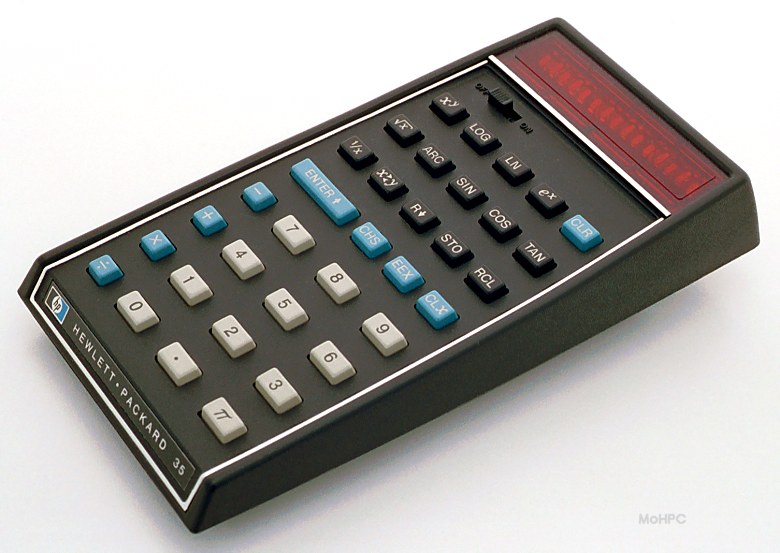
On Feb. 1, 1972, Hewlett-Packard released the first handheld scientific calculator. Though pocket calculators had already existed for a number of years, the HP-35 was the first instance of a mobile device that could perform all of the mathematical operations of a desktop calculator. It could do trigonometric functions like sine, cosine and tangent.
1972: Dictaphone Thought Tank

Some people may not picture the late 1800s when they hear the phrase “sound recording,” but that technology began in 1877 when Thomas Edison invented the gramophone. By 1972, Dictaphone (originally owned by none other than Alexander Graham Bell) had created a portable device that could record and transcribe sound, marking our journey toward making purely digital communication possible.
1980: TRS-80 Pocket Computer
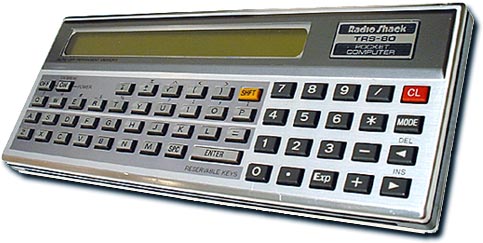
Produced by Radio Shack, the TRS-80 Pocket Computer featured a full QWERTY keyboard and number pad. It could read programs built in the BASIC programming language, which put it well ahead of common programmable mobile computers of the time. It could also save programs to tape and connect to a dot-matrix printer.
1984: Motorola DynaTAC 8000X

Prior to the release of its first cellular phone, Motorola had produced several car phones that could communicate wirelessly. In fact, cellular technology had been around since 1973, but it took a full decade before a wireless phone could fit in your hand. Even then, you’d need quite a strong arm to hold the 13-inch, 1.75 lb. DynaTAC 8000X. You’d also need a sizable chunk of change to afford the device, which retailed at $3,995 – or just over $11,000 today adjusted for inflation.
1989: Poqet PC
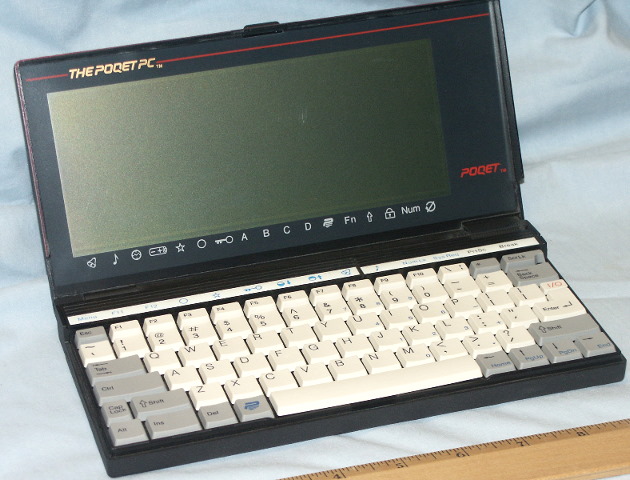
Built on IBM technology, the Poqet PC ditched cumbersome power cables and battery packs for a slick one-pound design powered by 2 AA batteries. The device featured expandable memory ranging from 32KB to 512KB and you could get an attachable floppy drive for greater convenience. The Poqet PC could hold your entire address book and calendar, as well as word processing software.
1994: IBM Simon Personal Communicator

Considered the first smartphone, the Simon Personal Communicator from IBM featured a stylus-based touch screen, email capabilities, a sketch-pad application and the ability to connect to a fax machine. Simon even had a predictive typing feature, which showed the user the next six most likely letters based on typing input.
1999: BlackBerry 850
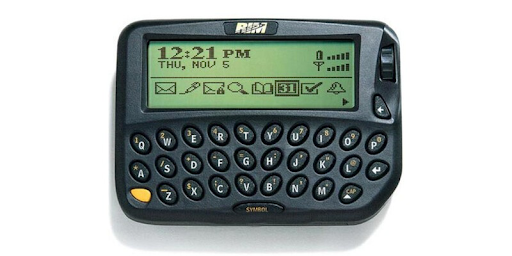
Developed and first released in Germany, this 2-way pager was initially devised by the Canadian software company Research in Motion (known as BlackBerry from 2013 on) to help send and receive emails over wireless networks, the precursors to modern-day Wi-Fi.
2000: Compaq iPaq
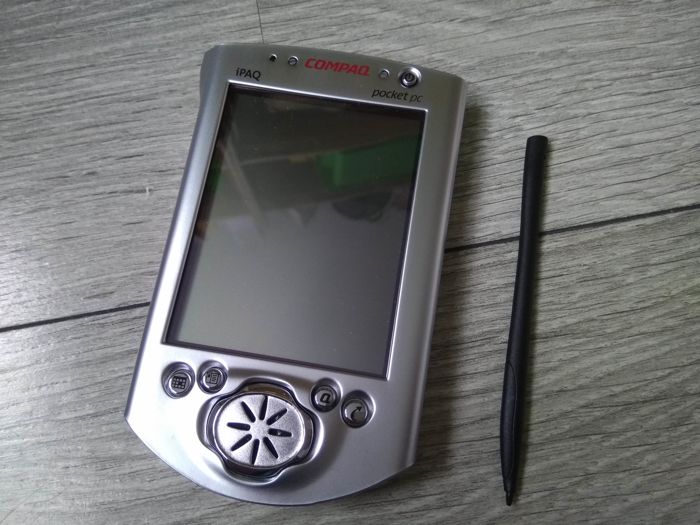
Before the ‘i’ prefix was solely associated with Apple products, HP released the iPAQ personal digital assistant, a slim device that could put a linux-based operating system in your pocket. HP released several iterations between the turn of the millennium and 2009, eventually switching to a fully color screen and the Windows Mobile OS. The iPAQ series offered GPS, instant messaging and upgradable RAM among its many features.
2007: Apple iPhone
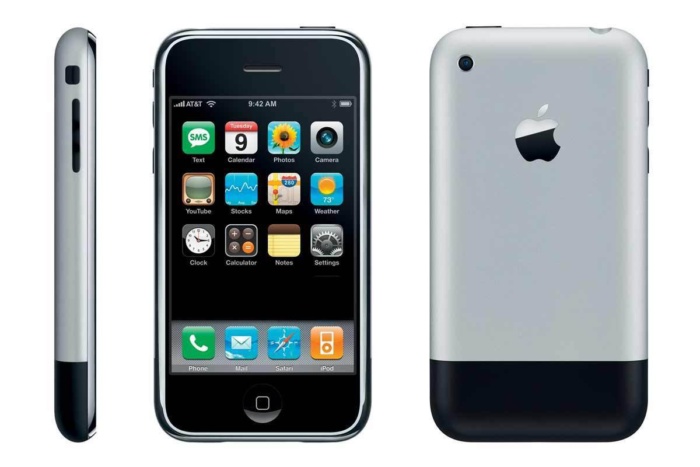
When the first iPhone launched in 2007, it lacked many of the features we associate with the brand today, such as GPS, video recording and even the app store. The second generation added these important capabilities, as well as 3G network speeds – and the rest is history.
With the launch of the iPhone and the subsequent competition with Android and other devices, a new era was born – one rich with possibilities for content marketers who gained a direct line to consumers across the globe. However, something else had to happen to get to the point where people from all walks of life were comfortable using mobile technology. As you may have noticed, the majority of the devices highlighted above were strictly intended for business purposes.
To understand how mobile technology got to where it is today, we have to look at another side of the technology: mobile entertainment systems.
Handheld Entertainment Consoles Helped Consumers Feel Comfortable With Mobile Experiences
While business people in plaid suits and bell bottoms were making calculations with their digital slide rules in the 1970s, another innovation was taking place in the hand-held device market. Video game consoles were also leaving home, fueling a desire for entertainment that could travel. Mobile technology became available for business and leisure, changing popular conceptions of how these devices could be used. All of a sudden, mobile tech wasn’t just for adults anymore: Children could now use it, too!
1977: Football
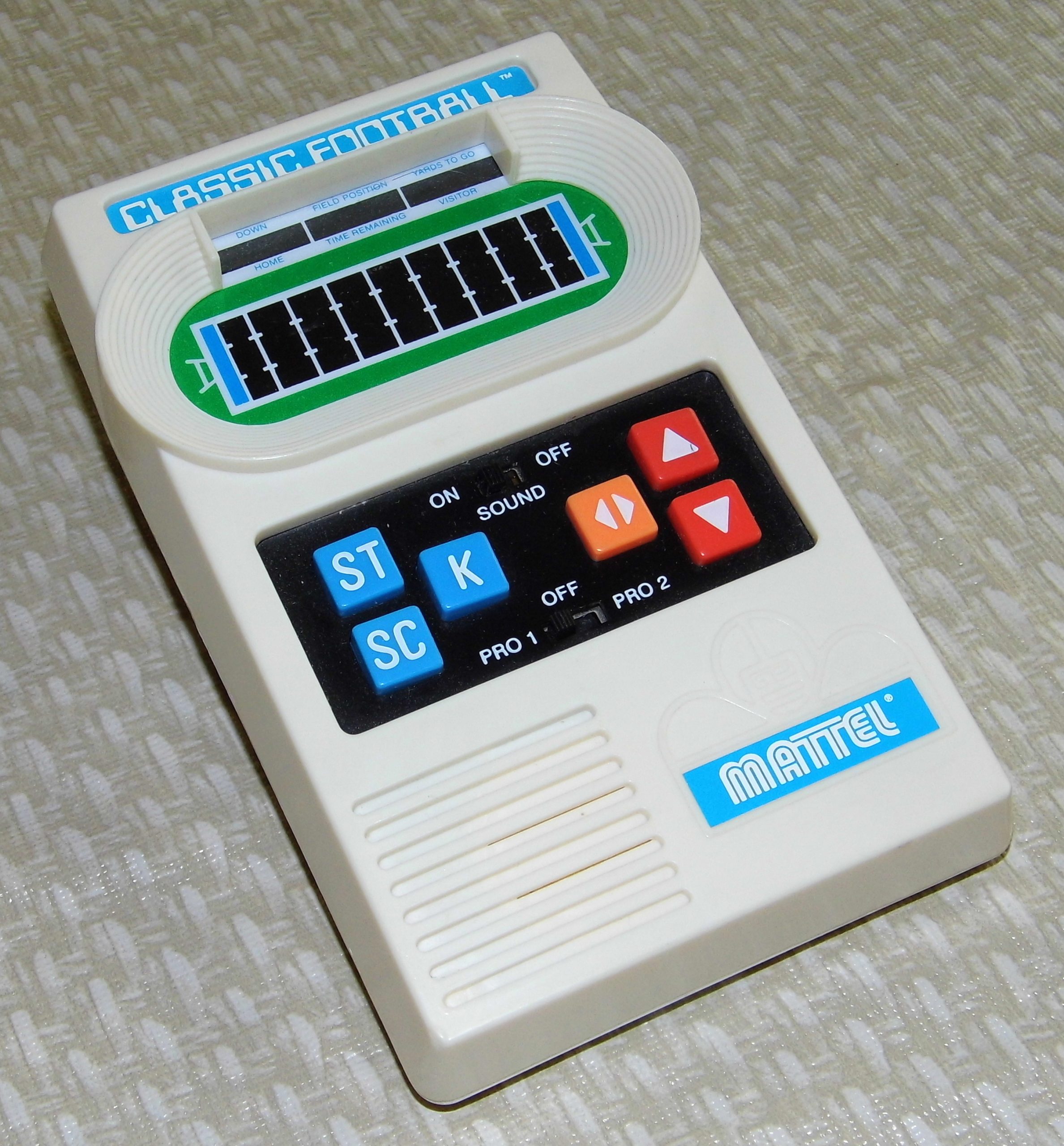
One of the first handheld video games was Mattel’s Football. On this device, football players were represented by red dots that moved toward the player’s character, represented by another red dot. It wasn’t much, but it opened the door to a whole new type of gaming experience.
1979: Sony Walkman TPS-L2

On one of his daily commutes, Masaru Ibuka, co-founder of the tech giant Sony, was inspired to create a device to listen to music (and other audio content such as audiobooks) while walking. He wanted a gadget that was less unyielding than the contemporary handheld music-listening devices that had been created for cars and other types of travel. This invention would eventually lead to technologies such as MP3 players and iPods.
1997: Game.com

Between the 1970s and 1990s, handheld gaming consoles like the Nintendo Game Boy became more and more complex, but they remained offline experiences. In 1997, Tiger Electronics released Game.com, the first ever handheld device for gaming with an internet connection achieved through a special internet cartridge and modem connection. The enhanced functionality allowed players to connect to text-based websites and email clients.
2004: PlayStation Portable
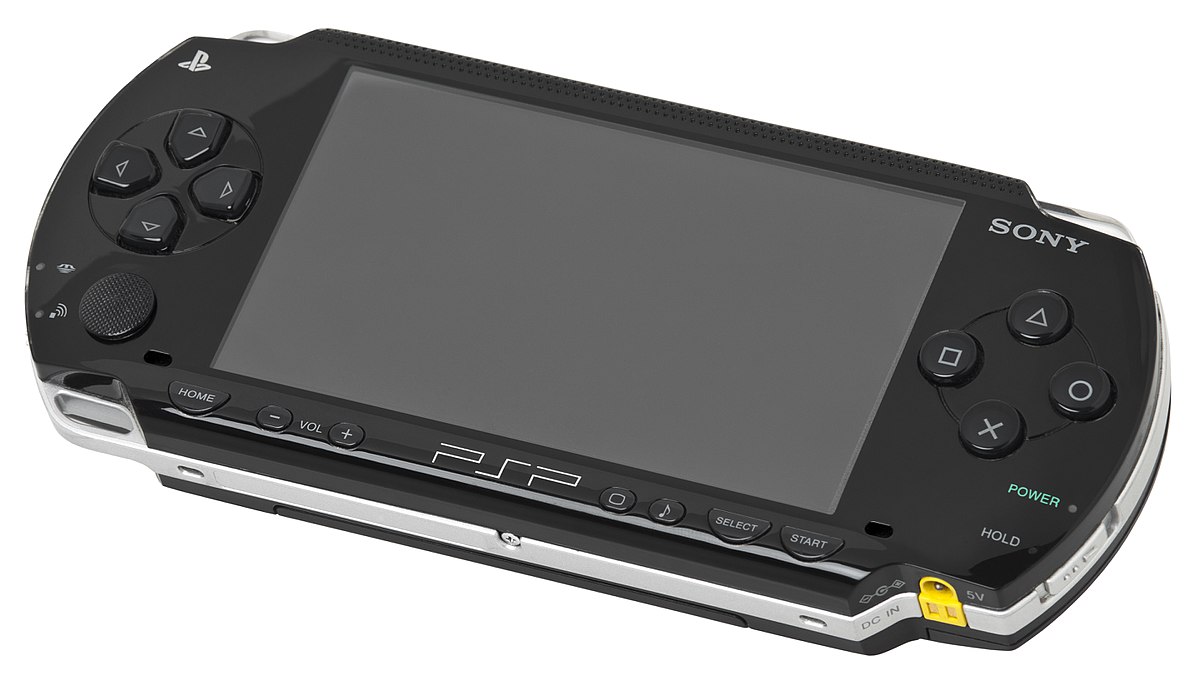
When Sony entered the handheld gaming space, it brought a fully functional web browser to gamers. Though Nintendo’s DS handheld eventually gained an Opera-based browser, it was clumsy and lacked support for Adobe Flash. The PSP, however, gave gamers a taste of what it would be like to bring a desktop internet experience on the road – assuming Wi-Fi was available.
At first glance, these milestones in handheld video games may not seem relevant to marketers, but they didn’t just prove the mass appeal of mobile entertainment experiences: They also acclimated an entire generation to constant connectivity.
2009: Fitbit Tracker
Although it could be argued that wearable technology began with the invention of the humble spectacles some 800 years ago, we most often think of trackers like Fitbits when we hear the phrase “wearable device.” The health tech company launched its first model toward the end of the 2000s.
It was soon followed by newer, improved models and competitor products like the Apple Watch that monitors health and integrates its handheld (or wrist-held, if you want to get technical) tech with our smartphones. Beyond showing us our heart rates and SMS, these gadgets have the ability to transmit location data that could be potentially used as a boon to public health, showing us what areas to avoid due to disease exposure risk.
2012: Oculus Rift
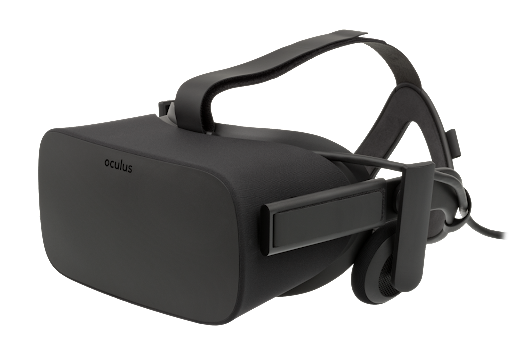
Previously the stuff of science fiction and then only labs and space centers, virtual reality (VR) took the world by storm when it was made commercially available for home use with the introduction of the Oculus Rift gaming headset. The tech uses artificial intelligence (AI) to project a simulated reality so that the players feel as if they’re physically in the game’s world.
2017: Nintendo Switch
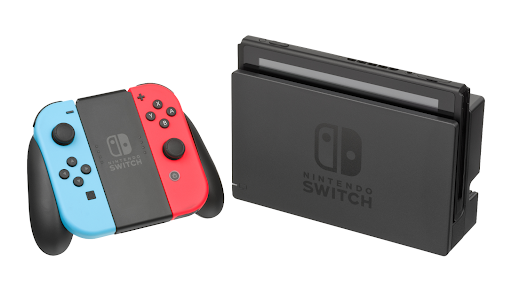
By the end of the second decade of the 21st century, Nintendo had solidified its place in pop culture and the tech world as a gaming console pioneer. Based on the popularity of consoles like the Nintendo 64, the mega-corporation decided to take its mobile gaming platforms to the next level by releasing the Nintendo Switch which can be used as both a stationary and portable gaming device.
Mobile Devices Created or Optimized Several Valuable Marketing Channels
With smartphones, business and entertainment handhelds became one and the same. Users gained the ability to switch between a fun game of Bejeweled and important business emails. Both sides of the coin brought new opportunities to content marketers.
The recent strategy of implementing “microtransactions” within games best exemplifies this crossover and its relevance to marketers. Today, “freemium” games that cost nothing to download but offer players the opportunity to make in-game purchases are common. However, in January 2022, they accounted for almost 65% of App Store revenue in the entertainment category, according to the B2B media site, Business of Apps. These days, in-game mobile marketing is a foundational aspect of the majority of games released on smartphones.
Here are some other ways that mobile devices have changed how marketers reach their target audiences:
SMS Marketing
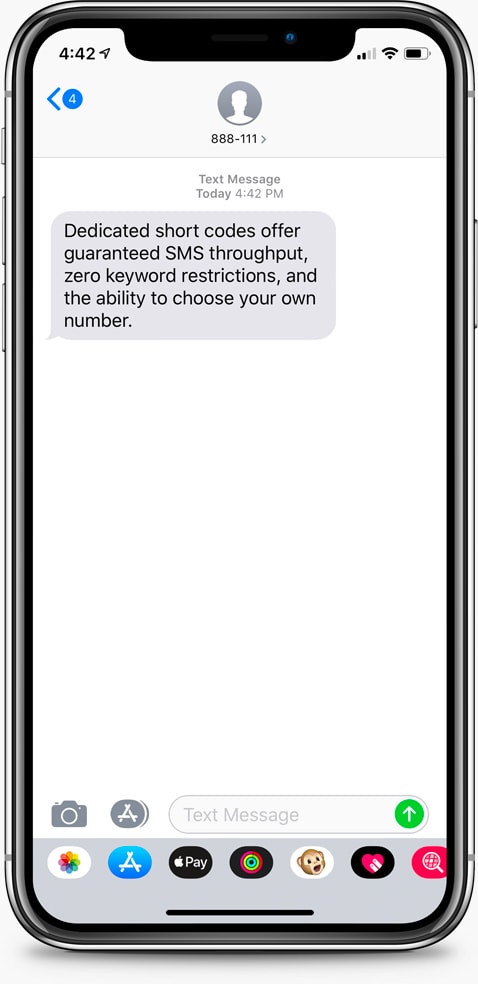
Mobile phone users have been able to opt-in to receive marketing communications about new products and services since the early 2000s. When SMS short codes became available in 2003, marketers gained a streamlined channel for quickly engaging qualified leads and soliciting feedback from consumers.
Push Notifications
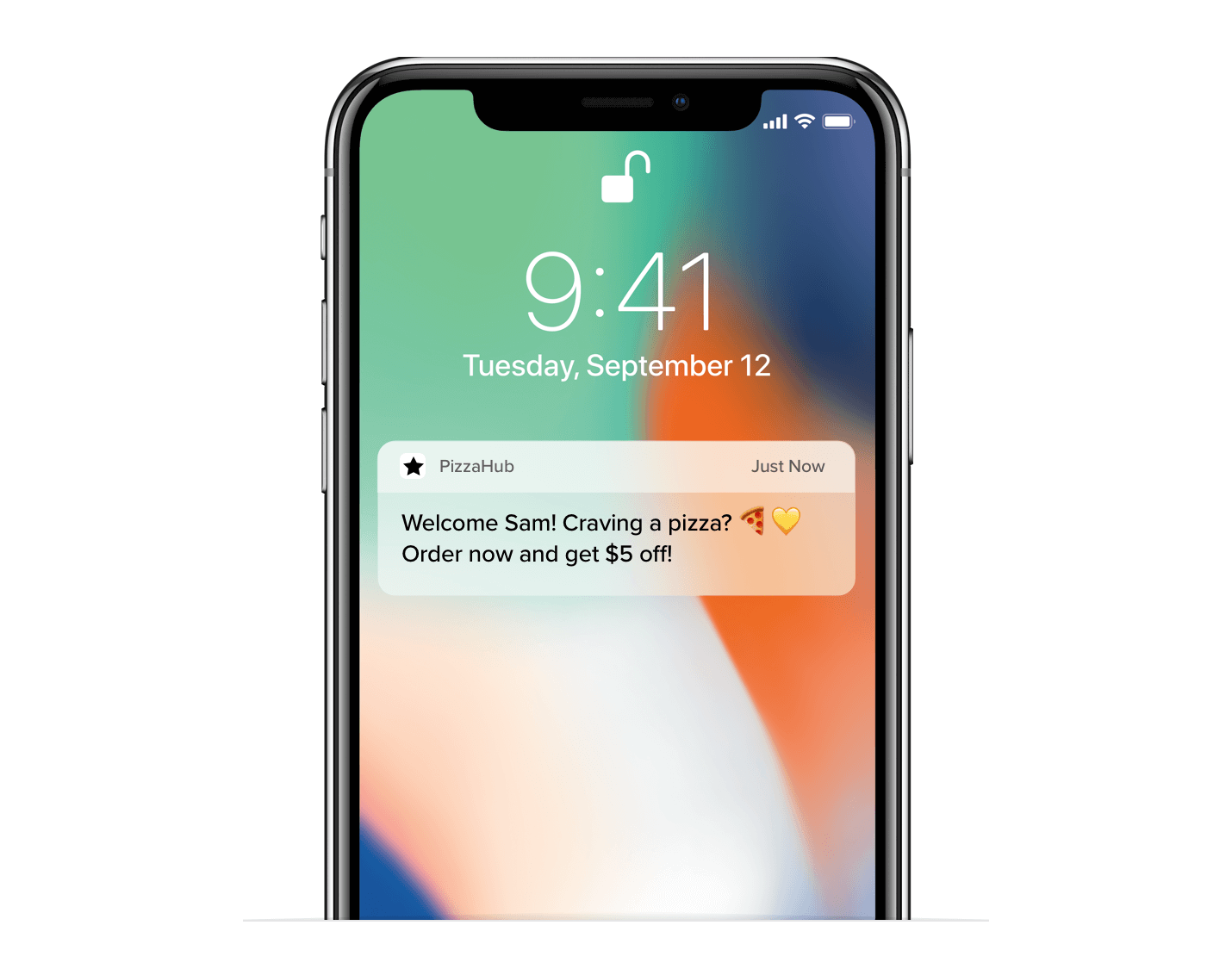
The ability for apps to send notifications directly to a user’s device was pioneered on Blackberry devices and was eventually adopted by Apple in 2009. Today, push notifications give marketers the opportunity to re-engage users who they haven’t interacted with recently, as well as to make announcements about upcoming promotions.
Email Marketing
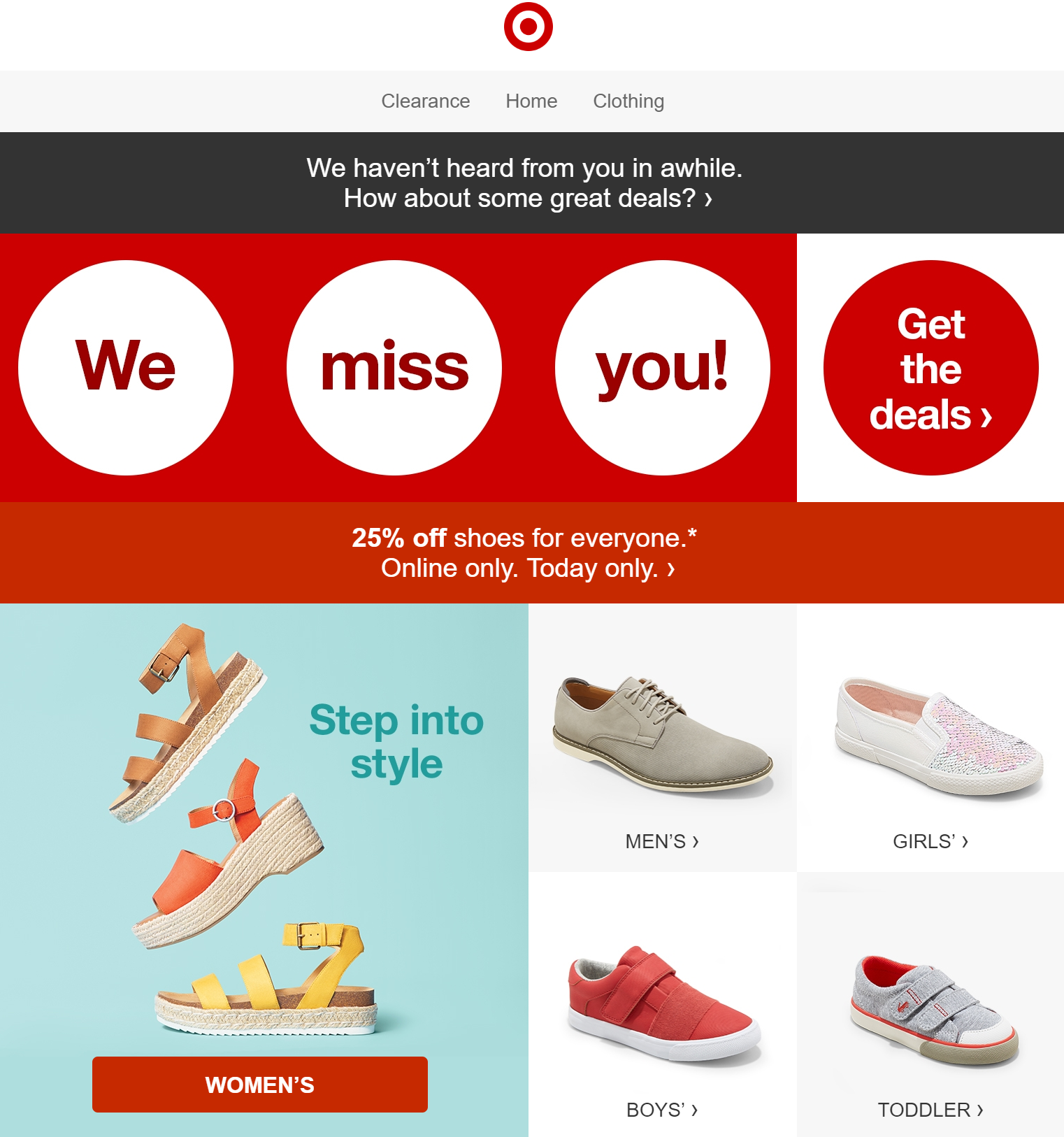
The first email marketing message was sent in 1978 via ARPANET, a precursor to the Internet. In 1991, Microsoft’s Hotmail service gave marketers a new platform to reach consumers, and the channel has grown ever since. Today, it’s one of the most important marketing campaign channels available.
QR Codes

Originally developed by Toyota subsidiary Denso Wave in 1994 to improve auto parts tracking, QR codes became an increasingly popular marketing tool as smartphone camera technology improved. These codes generator for websites can direct users to landing pages, app downloads, social media channels and more. Generating these QR codes is fairly easy. You can use a secure QR code generator.
App-based Marketing

In addition to microtransactions, freemium apps also generate revenue as platforms for distributing display ads like banners. For example, users who download the free version of a game may continuously see ads at the bottom of the screen until they purchase the premium version of the app. Additionally, brands may develop proprietary apps to optimize their e-commerce strategies.
Data Collection
Our mobile devices now store almost unimaginable quantities of information pertaining to anything from our physical address to our bank account details. As we scroll, search and interact with digital sites and apps, they gather information about our likes and dislikes, needs and pain points. All of these details can be and are harnessed by marketers to personalize their messaging and target their most likely potential consumers.
Mobile e-Commerce
Another significant development in digital marketing is its connection to the online shopping world. Ads shown to users on search engines and apps can take them directly to the website of the business putting out the ad, and companies can pay to put their ads on a multitude of apps. Again, the app-to-website loop helps push customers along the sales funnel without any in-your-face marketing. You’re just being shown what you already want to see.
Since the 1970s, handhelds have gotten smaller, more powerful and easier to use. Marketers have leveraged these communication platforms to cultivate new audiences, connect with existing customers and spread brand awareness. In 2023, mobile device optimization is a cornerstone of content marketing, not to mention an essential factor of any B2B marketing strategy.
Industries That Have Adopted Handheld Devices
We’ve seen how handheld technology has been utilized in the world of business and commerce. But, its applications extend far beyond the realms of offices and commercial workplaces. Now, handheld devices are ubiquitous across all industries, environments and economic sectors.
Education
While it’s still essential that kids learn how to read and write using old-school pen and paper, plenty of educational institutions are using tech like tablets and smartphones to enhance students’ learning experience. iPads, in particular, are proving especially effective (and popular) because they eliminate the need for tons of textbooks, stationery and workbooks. This tech makes life easier for teachers, too, as they can grade papers online.
Hospitality
Remember when wait staff had to whip out their little notebook and pencil to take your order? That method of working and its limitations are fast becoming obsolete due in no small part again to the humble tablet. Now, restaurant and hotel staff can send orders to the kitchen or other departments instantly without needing to scramble desperately to find the relevant personnel.
Health Care
While in-person doctor’s visits are certainly still a necessity, tech like tablets and smartphones now allow patients and health care providers to communicate remotely, saving everyone time and effort. Telehealth and televisits proved especially useful during the COVID-19 pandemic during national lockdowns, and their popularity continues to grow.
Whether you’re conducting business on your device after reading this article or you’re about to try for a new high score on your favorite game, take a moment to appreciate the strides mobile technology has made in just a few short decades.
Editor’s Note: Updated April 2023.






